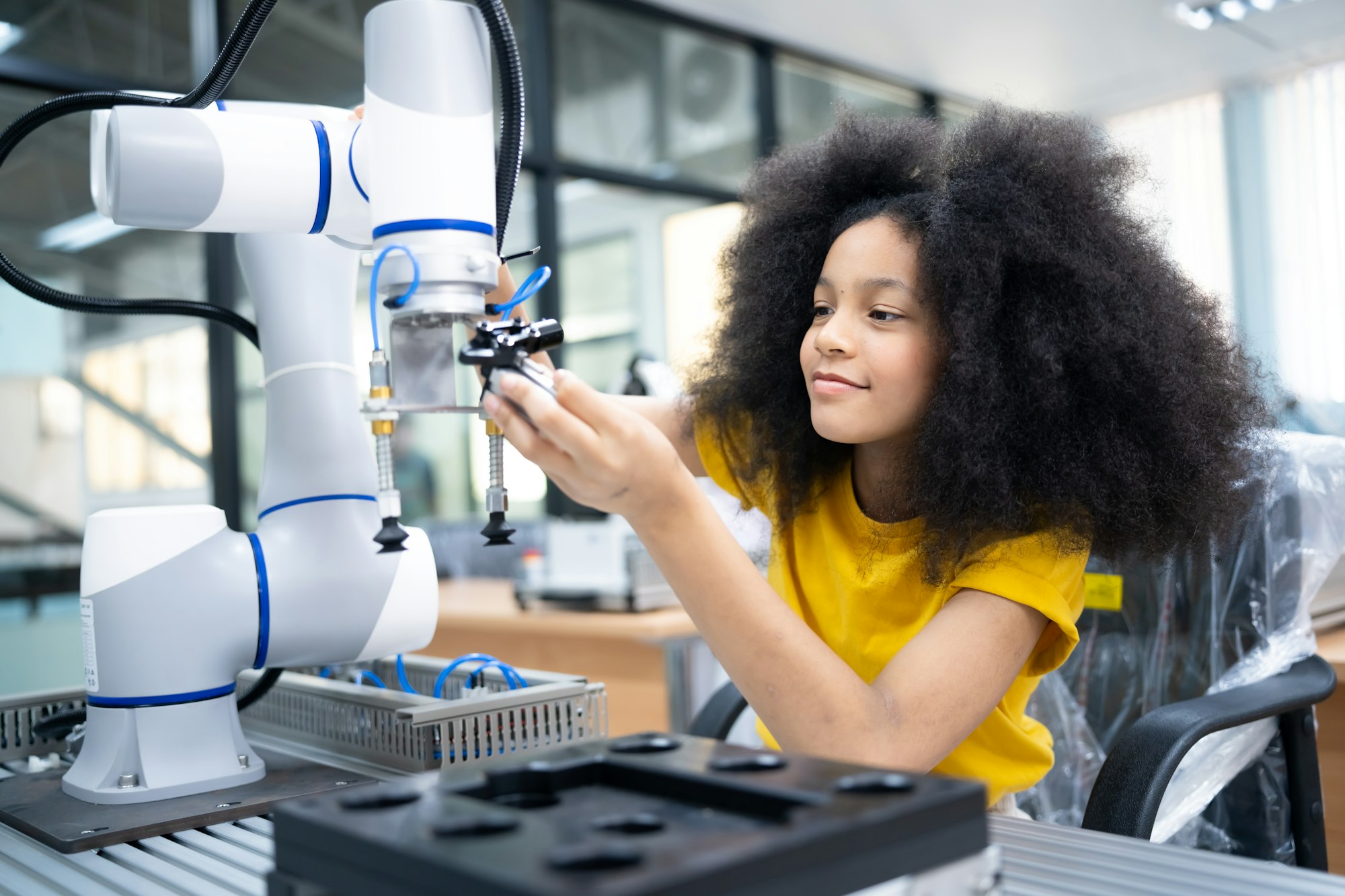Teaching in the digital age presents both challenges and opportunities for educators striving to engage students effectively. Innovative teaching techniques harness technology’s power to enhance learning experiences, making education dynamic and relevant. This article explores creative strategies that educators can employ to captivate students and foster meaningful learning in today’s digital landscape.
1. Embracing Technology in Education
1.1 The Role of Technology in Learning
Technology has revolutionized education by providing access to vast resources, interactive tools, and personalized learning experiences. Integrating technology into teaching practices enriches engagement and promotes collaborative learning.
1.2 Advantages of Innovative Teaching Techniques
Innovative teaching leverages technology to cater to diverse learning styles, enhance information retention, and cultivate critical thinking and problem-solving skills essential for the digital age workforce.
2. Strategies for Engaging Students
2.1 Gamification of Learning
Introduce game elements such as quizzes, simulations, and interactive challenges to make learning enjoyable and competitive. Gamification motivates students to actively participate and achieve learning objectives.
2.2 Flipped Classroom Approach
Flip traditional teaching by assigning lectures and instructional content as homework through videos or online modules. In-class time is then dedicated to interactive discussions, problem-solving, and collaborative activities.
2.3 Virtual Reality (VR) and Augmented Reality (AR)
Immerse students in virtual environments or enhance real-world experiences with AR applications. These technologies make abstract concepts tangible, fostering deeper understanding and engagement.
3. Personalizing Learning Experiences
3.1 Adaptive Learning Platforms
Utilize adaptive learning software that tailors content and pace based on individual student needs and learning progress. Personalized learning paths empower students to learn at their own pace and mastery level.
3.2 Interactive Multimedia Content
Create multimedia-rich lessons incorporating videos, infographics, podcasts, and interactive presentations. Visual and auditory stimuli cater to diverse learning preferences and enhance content retention.
3.3 Collaborative Online Tools
Integrate collaborative tools like Google Workspace, Microsoft Teams, or virtual whiteboards for real-time collaboration, peer feedback, and group projects. Online platforms promote teamwork and communication skills.
4. Cultivating Critical Thinking and Creativity
4.1 Project-Based Learning (PBL)
Implement PBL to engage students in real-world problem-solving. Projects encourage inquiry, experimentation, and creativity while fostering teamwork and practical application of knowledge.
4.2 Design Thinking
Introduce design thinking methodologies where students tackle complex problems by empathizing with end-users, defining challenges, ideating solutions, prototyping, and testing. Design thinking nurtures innovation and entrepreneurial skills.
5. Assessing Learning Outcomes
5.1 Formative and Summative Assessment Tools
Employ digital assessment tools for continuous feedback and evaluation. Formative assessments monitor ongoing progress, while summative assessments gauge overall learning achievements.
5.2 Student-Centered Feedback
Provide timely and constructive feedback tailored to individual learning goals and achievements. Feedback promotes self-reflection, goal-setting, and continuous improvement.
Conclusion
Innovative teaching techniques not only embrace technology but also transform educational experiences by engaging students in active, immersive, and personalized learning. By integrating digital tools, fostering collaboration, and nurturing critical thinking, educators prepare students to thrive in a rapidly evolving digital landscape. As educators continue to innovate, they inspire a new generation of learners who are equipped with the skills and mindset to excel in the digital age and beyond.
In conclusion, embracing innovative teaching techniques empowers educators to create dynamic learning environments where students are motivated, engaged, and prepared for future challenges and opportunities in the digital era.








